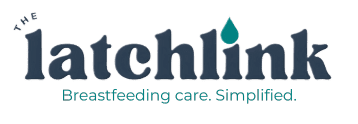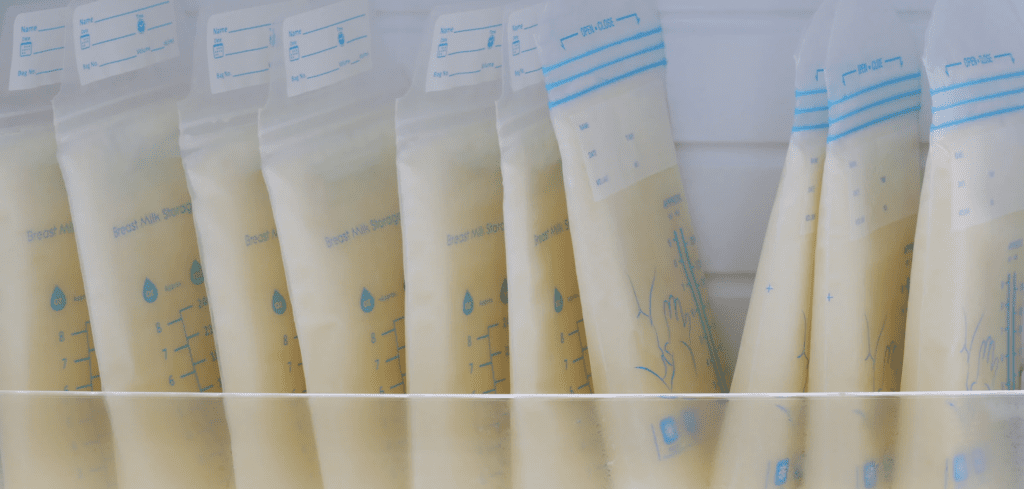How to Build a Freezer Stash Without Overwhelming Yourself
Building a breast milk freezer stash can be a game-changer for breastfeeding moms, offering flexibility and peace of mind when returning to work, attending events, or simply taking a well-deserved break. However, the idea of creating a stash can feel overwhelming, especially if you’re worried about your supply or managing time. The good news? You don’t have to stress to make it happen. In this guide, we’ll cover step-by-step tips to help you build a breast milk freezer stash efficiently and without pressure.
Why a Freezer Stash Can Ease Stress for Moms
A freezer stash provides a valuable safety net for breastfeeding moms. Whether you’re returning to work, preparing for a trip, or just want a backup supply, having stored milk ensures your baby’s needs are met even when you’re away.
Benefits of Building a Breast Milk Freezer Stash:
- Flexibility and Freedom
With a stash, you can attend appointments, go on outings, or take breaks without worrying about feeding schedules. - Emergency Backup
A stash ensures your baby has access to breast milk during unexpected situations, like illness or travel delays. - Easier Transition to Bottle Feeding
Introducing bottles with expressed milk can make the transition to bottle feeding smoother when needed. - Peace of Mind
Knowing you have milk stored provides confidence and reassurance, especially during busy or unpredictable times.
Now that we’ve highlighted the benefits, let’s dive into the steps to build your stash without overwhelming yourself.
When to Start Pumping for a Stash
Timing is everything when it comes to creating a freezer stash. Starting too early can lead to oversupply, while waiting too long may leave you feeling unprepared.
The Best Time to Start Pumping:
- After the First Few Weeks
Wait until breastfeeding is well-established (typically around 3–4 weeks postpartum) before introducing pumping. This allows your milk supply to regulate and reduces the risk of engorgement or oversupply. - Add One Pumping Session Per Day
Start small by adding one pumping session per day, ideally in the morning when milk supply is typically higher. - Pump After Nursing
Pump for 10–15 minutes after your baby nurses to collect extra milk without disrupting their feeding routine. - Adjust Based on Your Needs
If you’re returning to work, aim to start pumping 2–3 weeks before your return date to gradually build your stash.
By starting slow and steady, you can build your stash without putting unnecessary stress on your body or supply.
How to Pump Without Decreasing Direct Nursing
One common concern for moms is whether pumping will interfere with direct nursing. The key is to balance both so your baby continues to get what they need while you store milk for later.
Tips for Pumping While Nursing:
- Use the Pump as a Supplement, Not a Replacement
Focus on pumping after nursing or between feedings rather than replacing a nursing session. This ensures your baby remains the primary driver of your milk supply. - Pump While Feeding
If possible, use a hands-free pump while nursing on the opposite side. This saves time and takes advantage of your natural let-down reflex. - Don’t Overpump
Pumping too frequently can overstimulate milk production, leading to engorgement or clogged ducts. Stick to a routine that aligns with your baby’s feeding schedule. - Stay Consistent
Pump at the same times each day to maintain a predictable schedule and keep your supply steady.
Balancing pumping and nursing doesn’t have to be complicated. With the right approach, you can build your stash while keeping breastfeeding on track.
Best Storage Bags and Freezer Organization Tips
Once you’ve started building your stash, proper storage and organization are essential to keep your milk fresh and easy to access.
Choosing the Right Storage Bags:
- Breast Milk Storage Bags
Invest in high-quality, leak-proof breast milk storage bags designed for freezing. Look for options with clear labeling areas and a secure seal. - Freeze in Small Portions
Store milk in 2–4 ounce portions to minimize waste and make thawing easier. This is especially helpful for young babies who consume smaller amounts per feeding. - Remove Air Before Sealing
Before sealing the bag, gently press out any air to prevent freezer burn and preserve the milk’s freshness.
Organizing Your Freezer Stash:
- Lay Bags Flat to Freeze
Freeze bags flat to save space and speed up thawing. Once frozen, you can stack them upright in a storage bin or container. - Label Each Bag
Clearly label each bag with the date and amount of milk. Use the oldest milk first to ensure nothing goes to waste. - Use a Storage System
Consider using a dedicated freezer organizer or milk storage box to keep everything tidy and easy to find.
Proper storage ensures your stash remains fresh and organized, giving you one less thing to worry about.
Preventing Stress While Building Your Stash
The goal of building a breast milk freezer stash is to create a backup supply, not to add stress to your breastfeeding journey. Here’s how to keep things manageable:
1. Set Realistic Goals
Aim for a small stash of 20–30 ounces to start. This is often enough to cover a day or two of feedings and gives you peace of mind without overcommitting.
2. Pace Yourself
Build your stash gradually over a few weeks. Pumping too much too quickly can be overwhelming and unnecessary.
3. Ask for Support
Enlist your partner or a trusted friend to help with bottle preparation, freezer organization, or watching the baby while you pump.
4. Focus on Progress, Not Perfection
Every ounce you store is a win! Don’t compare your stash to others or put pressure on yourself to pump excessively.
By keeping things simple and stress-free, you can enjoy the benefits of a freezer stash without feeling overwhelmed.
Final Thoughts: Building Your Stash with Confidence
Building a breast milk freezer stash is a valuable tool for breastfeeding moms, but it doesn’t have to be an all-consuming task. By starting small, staying consistent, and focusing on what works for you, you can create a stash that meets your needs without adding extra pressure.
If you’re looking for personalized guidance or have questions about pumping and storing breast milk, I’m here to help. Schedule a one-on-one lactation consultation to get expert support tailored to your breastfeeding journey. Together, we can make the process simple, effective, and stress-free.









